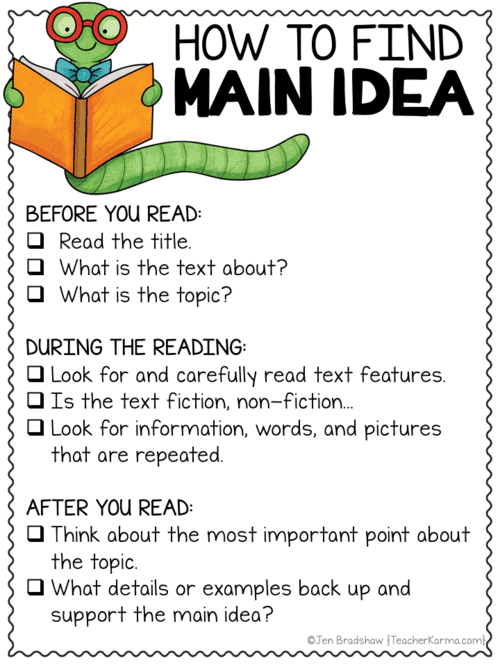
1. Introduction
In the vast landscape of information, identifying the main idea is akin to finding the North Star in a constellation-filled sky – it guides us through the narrative and helps us navigate complexities. Whether reading a novel, article, or textbook, discerning the main idea is crucial for comprehension. Let’s explore what main ideas are, their significance, and delve into examples and strategies for unraveling them.
2. Understanding Main Ideas
2.1 What is a Main Idea?
A https://datingsharing.com/ encapsulates the central concept or message conveyed in a piece of writing. It serves as the foundation upon which supporting details are built, offering readers a roadmap to follow.
2.2 Importance of Main Ideas
Think of main ideas as the spine of a story – without them, the body of text would collapse into a jumble of words. They provide coherence, clarity, and focus, enhancing understanding and retention.
3. Types of Main Ideas
3.1 Explicit Main Ideas
Explicit main ideas are directly stated within the text. They’re like signposts, clearly marking the author’s intended message without requiring readers to delve deeply into interpretation.
3.2 Implicit Main Ideas
Implicit main ideas are more subtle, requiring readers to infer the central concept based on contextual clues and implicit suggestions within the text.
4. Examples of Main Ideas
4.1 Main Idea Example 1:
In George Orwell’s “Animal Farm,” the main idea revolves around the corruption of power and the dangers of totalitarianism.
4.2 Main Idea Example 2:
In “To Kill a Mockingbird” by Harper Lee, the main idea explores themes of racial injustice and moral growth through the eyes of a young girl in the American South.
4.3 Main Idea Example 3:
The main idea of “The Great Gatsby” by F. Scott Fitzgerald centers on the elusive nature of the American Dream and the disillusionment that follows its pursuit.
4.4 Main Idea Example 4:
In a scientific article about climate change, the main idea might be the urgent need for global cooperation to mitigate its effects and preserve the planet for future generations.
4.5 Main Idea Example 5:
An article discussing the benefits of mindfulness meditation might focus on the main idea of how mindfulness can reduce stress and improve overall well-being.
5. Strategies for Identifying Main Ideas
5.1 Skim and Scan Method
Quickly scanning through the text and then skimming for key phrases or sentences can help pinpoint the main idea without getting bogged down in details.
5.2 Highlighting Key Points
Highlighting or underlining key sentences or phrases can aid in identifying the main idea and supporting details, making them easier to reference later.
5.3 Summarization Techniques
Summarizing the text in your own words forces you to distill the main idea and supporting details, reinforcing understanding and retention.
6. Importance in Writing
In writing, conveying a clear main idea is essential for engaging readers and ensuring that your message is understood. By structuring your writing around a central theme, you provide readers with a cohesive and compelling narrative that resonates.
7. Conclusion
Mastering the art of identifying and articulating main ideas opens doors to deeper understanding and clearer communication. Whether navigating literary classics or scientific texts, recognizing the main idea is a skill that enriches our reading experience and empowers us to engage with content more meaningfully.













